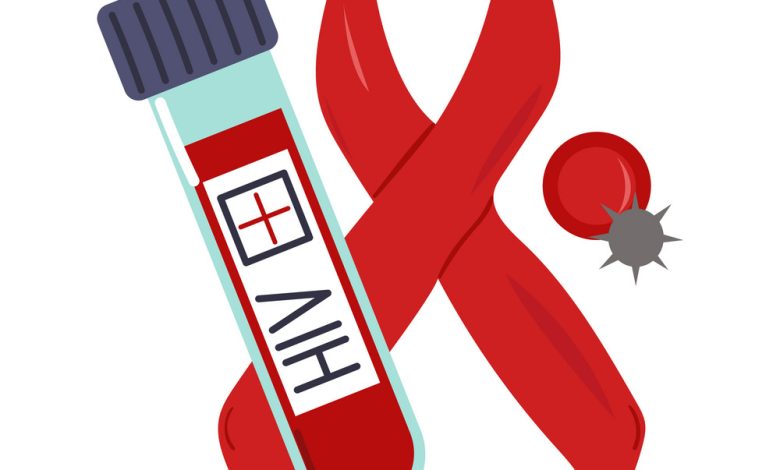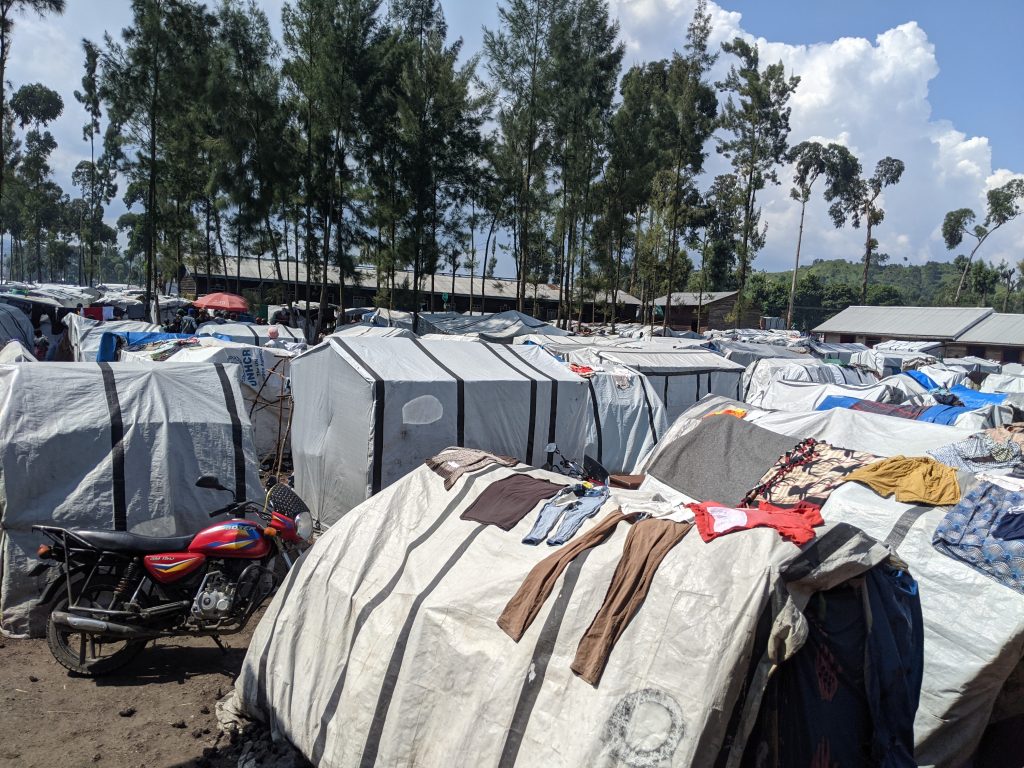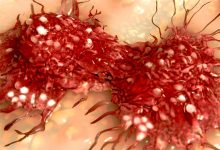DRC : HIV prevalence rate rises to 2 % in war-displaced camps around Goma, authorities warn.

By Prosper HERI NGORORA, 28 Janvier 2024
While the World is in race to reduce HIV/AIDS transmission, armed conflict in Eastern Congo is hindering progresses made so far. War-displaced are the most exposed, say an official to Endelevu-rdc.info.
The Programme national multisectoriel de lutte contre le SIDA, a national service aiming to struggle against HIV/AIDS in Democratic Republic of the Congo warns about a risk of health disaster if any measure is not taken to spare displaced people living in camps in the Eastern part of Congo.
Aubin MONGILI, head of Programme national multisectoriel de lutte contre le SIDA in North-Kivu province, in the East of DRC uncovers that war has complicated all efforts made in the struggle against HIV/AIDS in the region.
“On the occasion of the international HIV/AIDS day in December, we organized voluntary diagnosis sessions in displaces persons camps. Our observation was astonishing: the HIV prevalence rate is 2% among those displaced by war” he says.
In the year 2022, the figures showed that there were 21.300 seropositive people in North-Kivu province, where about 2 million people have been driven from their homes due to armed groups activism.
The figures were revised upwards in 2023, with reaching more than 23.041 cases, which means other 1.741 new cases being under anti-retroviral treatment as of now.
Achieving the 95 95 95 targets for all is a great challenge in Democratic Republic of the Congo, reveals our source, underscoring the importance of deploying much efforts in the struggle against HIV/AIDS.
According to the UNAIDS, targets 95 95 95 means that 95% of all people living with HIV have to know their HIV status, 95% of all people with diagnosed HIV infection have to receive sustained antiretroviral therapy, and 95% of all people receiving antiretroviral therapy to have viral suppression by 2025 to end AIDS as a public health threat by 2030.

Aubin MONGILI undescores that the HIV issue should be considered as a cross-cutting theme, especially in a region as North-Kivu which repeatedly is in multiple humanitarian crisis.
“Every time there is a natural disaster, every time there is war, this requires population movements. And vulnerability to HIV is becoming more and more increased” he adds, appealing humanitarian organizations to ensure that issue constitutes a major concern.
Other factors are increasing the risks of being infected by HIV in displaced-camps in North-Kivu, such as poverty, high exposure to sexual violences, great dependence on sexual transactions to meet some basic needs to survive and so on.
“I will talk about sex prostitution for survival. We saw this for ourselves in the camps for displaced people. This is a deplorable situation that we have seen” lets know Mr Mongili.
Since November 2021, M23 rebels ignited their offensives against Congolese army and fights have forced people to leave their owns.
This situation complicates efforts to reduce HIV transmission in quite a number of areas in North-Kivu province.
“We note the low coverage of HIV-related services, some healthcare providers move to another environment for security reasons” he informs Endelevu-rdc.info.
According to UNAIDS, no single prevention method or approach can stop the HIV epidemic on its own.
Among other, these several methods and interventions have proved highly effective in reducing the risk of, and protecting against, HIV infection.
It includes male and female condoms, the use of antiretroviral medicines as pre-exposure prophylaxis (PrEP), voluntary male medical circumcision (VMMC), behaviour change interventions to reduce the number of sexual partners, the use of clean needles and syringes, opiate substitution therapy and the treatment of people living with HIV to reduce viral load and prevent onward transmission.

